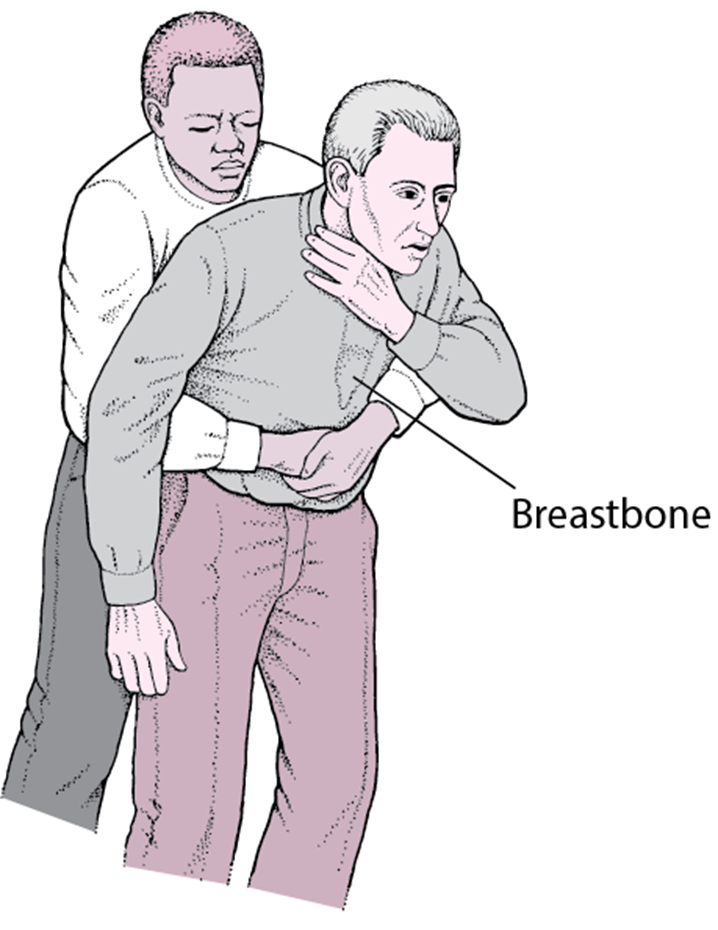A nurse in a clinic is caring for a client who has recently begun taking warfarin. The nurse is reviewing potential drug and food interaction risks and should instruct the client to avoid which of the following?
Cabbage
Green beans
White beans
Cantaloupe
The Correct Answer is A
A. Cabbage: This is the correct answer. Cabbage is a food high in vitamin K, which can antagonize the effects of warfarin. Warfarin is an anticoagulant that works by inhibiting vitamin K-dependent clotting factors. Consistent intake of vitamin K-rich foods, such as cabbage, can affect the stability of the client's international normalized ratio (INR).
B. Green beans: Green beans are not particularly high in vitamin K, and their consumption is not usually restricted for clients taking warfarin.
C. White beans: White beans are not particularly high in vitamin K, and their consumption is not usually restricted for clients taking warfarin.
D. Cantaloupe: Cantaloupe is not high in vitamin K, and its consumption is not usually restricted for clients taking warfarin.
Nursing Test Bank
Naxlex Comprehensive Predictor Exams
Related Questions
Correct Answer is B
Explanation
A. Instruct the woman to call 911: This is a correct action, but it should be the second step after the nurse initiates first aid measures. Directing someone to call for emergency assistance is crucial, but immediate intervention to relieve the choking takes precedence.
B. The Heimlich maneuver involves abdominal thrusts and is the recommended technique for relieving choking in a conscious person. It is essential to act quickly and decisively to clear the airway.
C. Ask the partner if he can speak: If the person is unable to speak, cough, or breathe, it may indicate complete airway obstruction. The nurse should not delay intervention by asking if the person can speak but should immediately proceed with measures to relieve the choking.
D. Perform chest compressions: Chest compressions are not indicated for a conscious choking victim. Chest compressions are performed in the context of cardiopulmonary resuscitation (CPR) for an unconscious person with no pulse.

Correct Answer is ["B","D","E"]
Explanation
A. Montelukast: Montelukast is a leukotriene receptor antagonist commonly used in the management of asthma and allergic rhinitis. It is not part of the standard tuberculosis treatment regimen.
B. Rifampin: Rifampin is a key component of tuberculosis treatment and is effective against both active and latent tuberculosis.
C. Acyclovir is an antiviral medication primarily used for herpes simplex virus infections and is not part of the standard treatment for tuberculosis.
D. Isoniazid: Isoniazid is another essential drug in the treatment of tuberculosis, particularly for the prevention of latent tuberculosis progression to active disease.
E. Pyrazinamide: Pyrazinamide is part of the standard combination therapy for tuberculosis.
Whether you are a student looking to ace your exams or a practicing nurse seeking to enhance your expertise , our nursing education contents will empower you with the confidence and competence to make a difference in the lives of patients and become a respected leader in the healthcare field.
Visit Naxlex, invest in your future and unlock endless possibilities with our unparalleled nursing education contents today
Report Wrong Answer on the Current Question
Do you disagree with the answer? If yes, what is your expected answer? Explain.
Kindly be descriptive with the issue you are facing.
